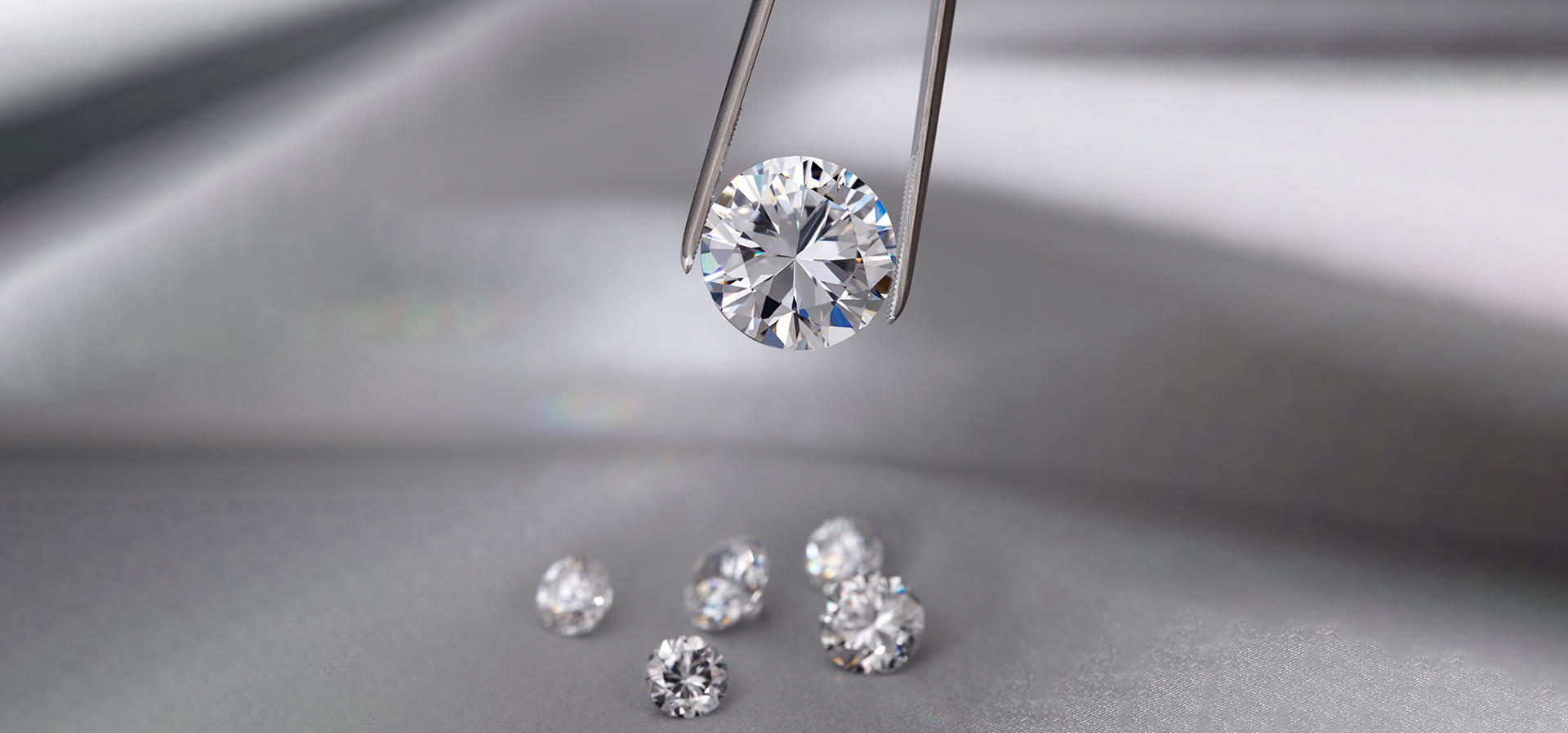Table of Contents
Introduction
Lab-grown diamonds are shaking up the traditional diamond industry, offering consumers an ethical, environmentally-friendly, and often more affordable alternative to mined diamonds. In this article, we’ll delve into the reasons why lab-grown diamonds are becoming increasingly popular and why they might be a better choice for your next piece of jewelry.
What are Lab-Grown Diamonds?
Lab-grown diamonds, also known as synthetic or cultured diamonds, are created in controlled laboratory environments rather than being mined from the earth. These diamonds possess the same chemical and physical properties as natural diamonds, with the primary distinction being their origin.
Brief History
The concept of creating diamonds in a laboratory dates back to the mid-20th century, but it wasn’t until recent technological advancements that the production of high-quality why are Lab Grown Diamonds Better became feasible on a commercial scale. Today, these diamonds are produced using two main methods: High Pressure-High Temperature (HPHT) and Chemical Vapor Deposition (CVD).
Popularity and Demand
The demand for why are Lab Grown Diamonds Better has surged in recent years as consumers become more conscious of the ethical and environmental implications of traditional diamond mining. Additionally, the growing availability of lab-grown diamonds in the market has contributed to their increasing popularity among consumers seeking alternatives to mined diamonds.
Advantages
Ethical Considerations
One of the most significant advantages of lab grown diamonds is their ethical sourcing. Unlike mined diamonds, which have been associated with issues such as forced labor and environmental destruction, lab-grown diamonds are produced in controlled environments, ensuring that they are free from any unethical practices.
Environmental Impact
Lab-grown diamonds have a significantly lower environmental impact compared to mined diamonds. The process of diamond mining involves extensive land excavation and the use of heavy machinery, leading to habitat destruction and soil erosion. In contrast, lab-grown diamonds require minimal land use and have a smaller carbon footprint.
Quality and Purity
Lab grown diamonds are known for their exceptional quality and purity. Because they are created under controlled conditions, these diamonds are often free from the impurities and imperfections commonly found in mined diamonds. This results in diamonds with superior clarity and brilliance.
Cost-effectiveness
Another advantage of why are Lab Grown Diamonds Better is their cost-effectiveness. In general, lab-grown diamonds are more affordable than their mined counterparts, lab diamonds, making them accessible to a broader range of consumers without compromising on quality or beauty.
Comparison
Differences from Mined Diamonds
While lab-grown diamonds share many similarities with mined diamonds, there are some key differences to consider. For example, lab-grown diamonds may have distinct growth patterns and trace elements that differentiate them from natural diamonds. However, these differences are typically only detectable through specialized testing equipment.
Certification and Standards
To ensure transparency and quality in the lab-grown diamond industry, various certification bodies and standards have been established. These certifications provide consumers with assurance regarding the authenticity and quality of lab-grown diamonds, similar to the certification process for mined diamonds.
Physical Properties
Lab-grown diamonds exhibit the same physical properties as natural diamonds, including hardness, refractive index, and thermal conductivity. This means that lab-grown diamonds are equally as durable and suitable for everyday wear as mined diamonds.
Durability and Longevity
Lab-grown diamonds are renowned for their durability and longevity, making them an excellent choice for engagement rings and other jewelry pieces that are worn daily. These diamonds are resistant to scratching and chipping, ensuring that they maintain their beauty and brilliance over time.
Variety and Customization
One of the advantages of lab-grown diamonds is the ability to create custom-made pieces tailored to individual preferences. Because they are grown in a controlled environment, lab-grown diamonds can be produced in a wide range of sizes, shapes, and colors, offering greater versatility and customization options for consumers.
Conclusion
In conclusion, lab-grown diamonds offer numerous advantages over traditional mined diamonds, including ethical considerations, environmental sustainability, superior quality, affordability, and customization options. As consumer awareness continues to grow, lab-grown diamonds are poised to become the preferred choice for conscientious consumers seeking beautiful, sustainable, and socially responsible alternatives to mined diamonds.



![HOW TO SOLVE [PII_EMAIL_324653CF0746E811F715] ERROR 2021? HOW TO SOLVE [PII_EMAIL_324653CF0746E811F715] ERROR 2021?](https://www.e2-e4.tv/wp-content/uploads/2021/07/HOW-TO-SOLVE-PII_EMAIL_324653CF0746E811F715-ERROR-2021.jpg)
